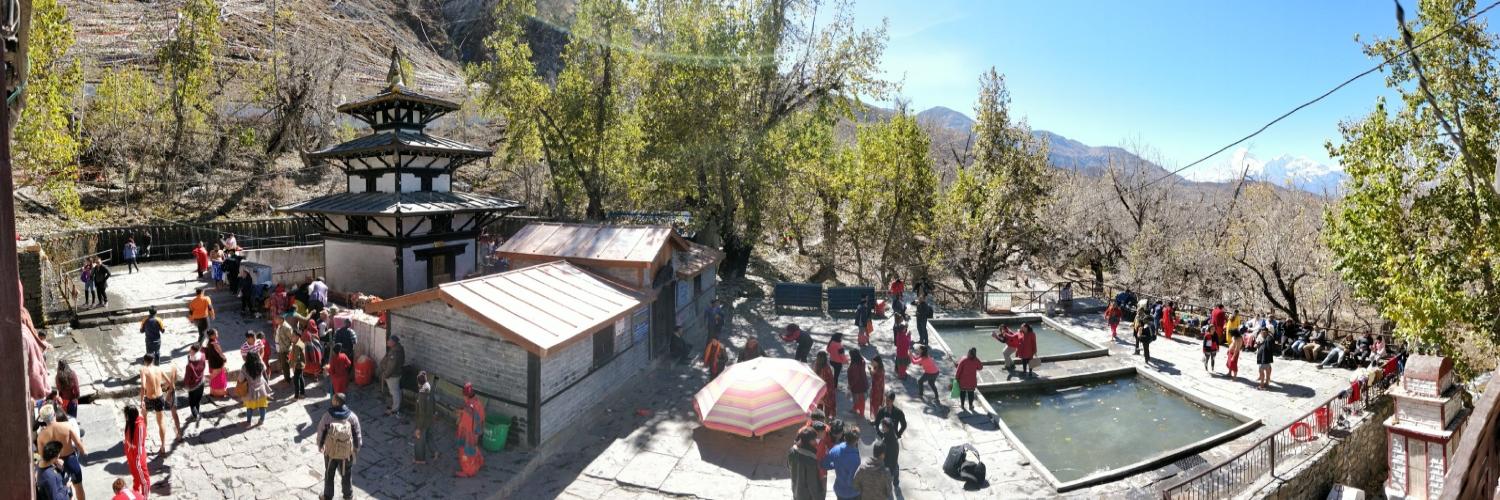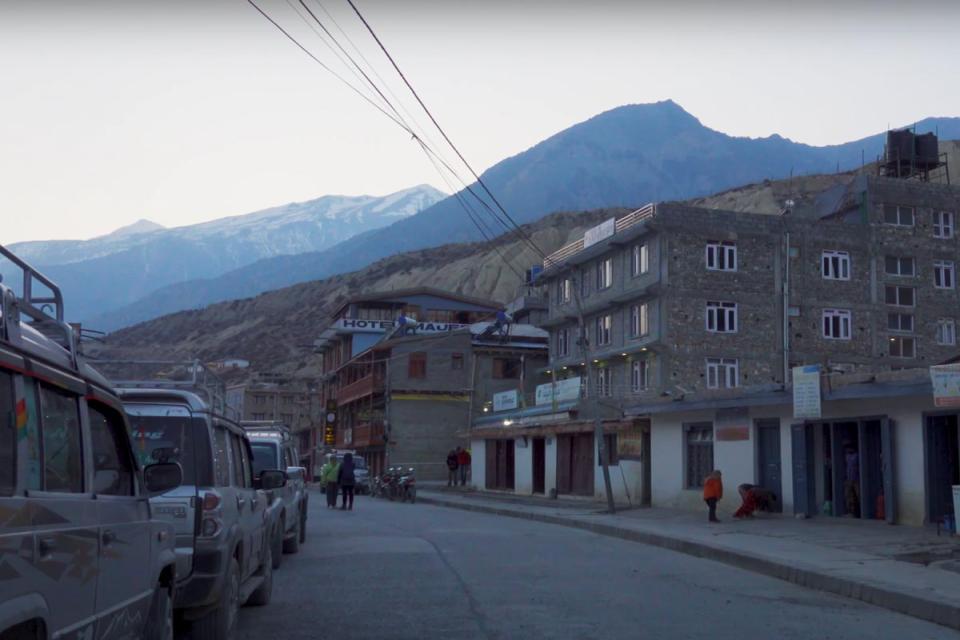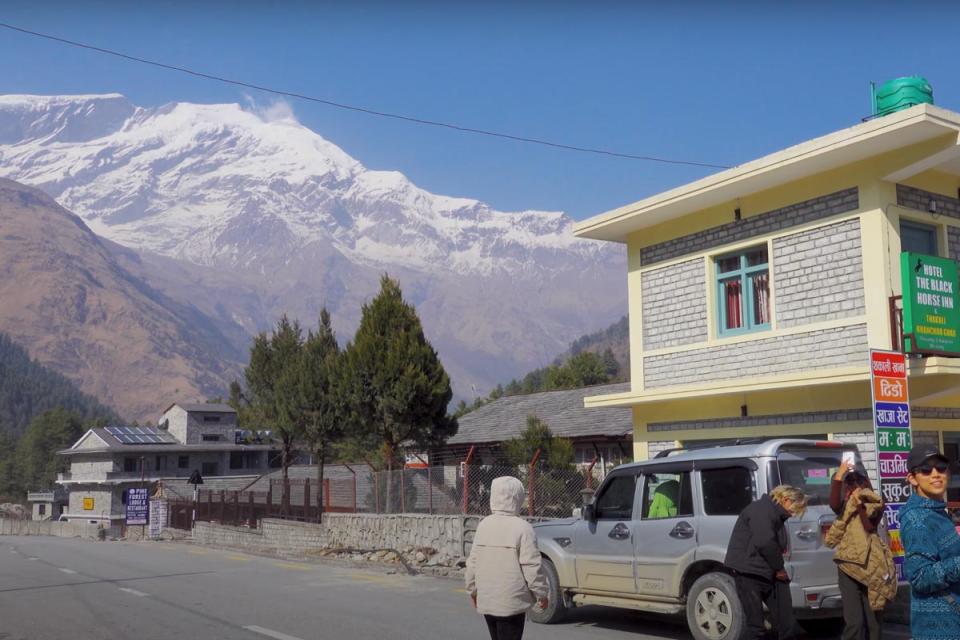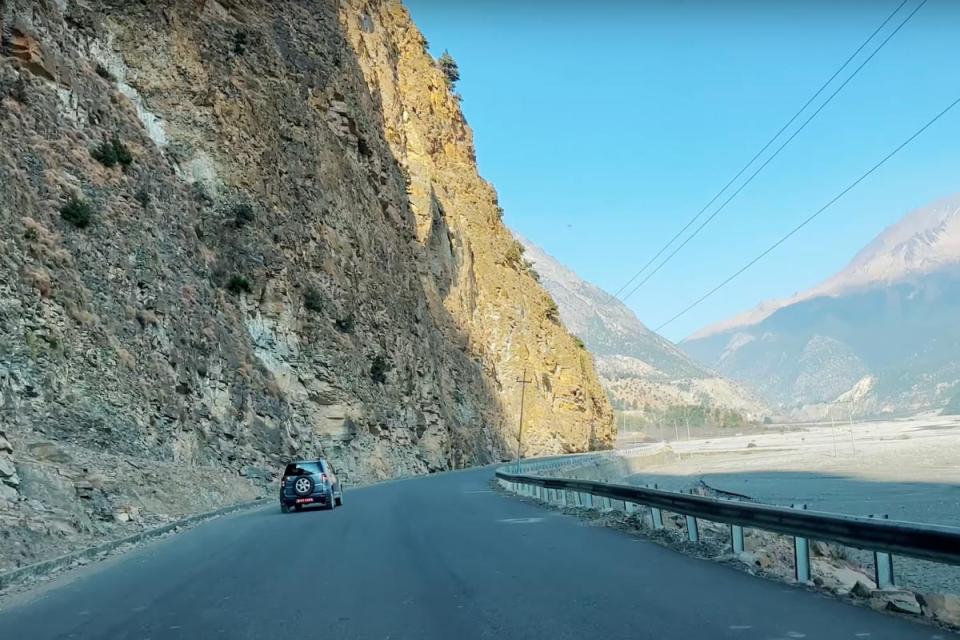Located high in the Himalayas of Nepal, the Muktinath Temple is one of the most revered pilgrimage sites for Hindus and Buddhists alike. Known as the “Temple of Liberation,” Muktinath holds a unique spiritual aura, attracting thousands of spiritual travelers and cultural explorers every year. Situated at an altitude of about 3,710 meters (12,172 feet), the temple sits amidst breathtaking mountain scenery along the sacred Kali Gandaki River valley.
For those planning a visit, understanding the best time to visit Muktinath Temple is crucial. The region’s distinct weather patterns and seasonal changes can greatly impact your travel experience, safety, and ability to fully appreciate this sacred destination. In this blog, we’ll explore the ideal months for visiting, what to expect throughout the year, and tips to help you prepare for a spiritually fulfilling journey.
When Is the Best Time to Visit Muktinath Temple?
Muktinath’s unique location in the Himalayas means it experiences a range of weather conditions throughout the year. Choosing the best time to visit Muktinath Temple depends on your priorities - whether you want clear mountain views, fewer crowds, or a more adventurous experience. Here’s a detailed look at each season:
Spring (March to May) - Ideal for Clear Views and Pleasant Weather
Spring is widely considered one of the best times to visit Muktinath Temple. During these months, the weather is generally mild and sunny, with temperatures ranging from 10°C to 20°C (50°F to 68°F) in the daytime. Snow starts to melt, revealing vibrant rhododendron blooms along the trekking trails, especially around Kagbeni and the Kali Gandaki valley. Clear skies offer stunning views of the Annapurna and Dhaulagiri mountain ranges, perfect for photographers and nature lovers.
Summer/Monsoon (June to August) - Lush Greenery but Challenging Travel
While the monsoon season brings lush landscapes and fewer tourists, it is not the ideal time for a Muktinath Temple tour. Heavy rains can make the roads muddy and slippery, increasing the risk of landslides, especially on the rough jeep trails. The Kali Gandaki River swells during this time, and visibility can be limited due to cloud cover. However, if you don’t mind a bit of adventure and prefer a quieter pilgrimage, summer can still be rewarding.
Autumn (September to November) - The Peak Season for Pilgrimage and Trekking
Autumn is considered the prime time to visit Muktinath Temple, thanks to stable weather, clear skies, and moderate temperatures ranging between 8°C and 18°C (46°F to 64°F). The post-monsoon air is crisp and clean, providing panoramic mountain views. Festivals like Dashain and Tihar also occur during this time, offering rich cultural experiences for travelers interested in local traditions around Kagbeni and Jomsom.
Winter (December to February) - Cold but Less Crowded
Winter months bring cold temperatures, sometimes dropping below freezing at night. Snowfall may block some high routes, but the road to Muktinath remains accessible by jeep. The landscape is serene and quiet, with fewer tourists visiting. If you are prepared for the chill and want a peaceful spiritual experience, winter can be a good time to visit.
Factors to Consider When Planning Your Visit to Muktinath Temple
Choosing the best time to visit Muktinath Temple is not just about the weather; several important factors can influence your experience and overall enjoyment. Here’s what to keep in mind when planning your pilgrimage:
Balancing these factors will help you determine the true best time to visit Muktinath Temple tailored to your spiritual and travel needs.
Weather Expectations During the Best Time to Visit Muktinath Temple
Understanding the weather patterns at Muktinath is key to planning a comfortable and safe pilgrimage. The temple’s high-altitude location results in variable and sometimes unpredictable weather, but here’s what you can generally expect during the best times to visit:
Spring Weather (March to May)
Spring ushers in gradually warming temperatures and melting snow, making it one of the most pleasant seasons for a Muktinath Temple tour. Daytime temperatures usually range between 10°C to 20°C (50°F to 68°F), with cool nights. The skies tend to be clear, offering magnificent views of the surrounding Himalayan peaks. Expect blossoming rhododendrons and lush greenery along the trails near Kagbeni and Kali Gandaki river valley.
Autumn Weather (September to November)
Autumn brings stable, dry, and cool weather with temperatures hovering between 8°C and 18°C (46°F to 64°F). This is the peak trekking season in Nepal due to the absence of monsoon rains and clear visibility. The crisp air enhances panoramic mountain views, making it perfect for sightseeing and spiritual reflection. Nights can be chilly, so layering is advisable.
Winter Weather (December to February)
Winter is cold, with daytime temperatures around 0°C to 10°C (32°F to 50°F), but nights can plunge well below freezing. Snowfall is common in higher elevations, sometimes affecting accessibility, but the roads to Muktinath remain mostly open for jeep tours. The cold air is dry and clear, and the quiet atmosphere offers a peaceful retreat for pilgrims who don’t mind bundling up.
Monsoon Weather (June to August)
During the monsoon, heavy rains sweep through the region, often causing muddy trails and potential landslides. The Kali Gandaki River swells, and clouds obscure mountain views. Travel becomes challenging, so this season is generally not recommended for visiting Muktinath Temple unless you prefer solitude and are prepared for wet conditions.
Being prepared for these weather conditions ensures a safer and more enjoyable pilgrimage experience when you plan your visit during the best time to visit Muktinath Temple.
Tips for Traveling to Muktinath Temple During the Best Season
Planning your trip to Muktinath Temple during the best time to visit Muktinath Temple can greatly enhance your spiritual journey. Here are some useful tips to make your pilgrimage comfortable, safe, and memorable:
1. Pack for Layered Clothing
The weather in Muktinath can change quickly, especially with altitude variations. Bring layers such as thermal wear, fleece jackets, and waterproof outerwear. Even in spring and autumn, nights can be cold, so warm clothing is essential.
2. Prepare for Altitude Acclimatization
Give yourself time to adjust to the high altitude. Spend a day or two in places like Jomsom or Kagbeni before heading up to the temple. Stay hydrated, avoid alcohol, and listen to your body to prevent altitude sickness.
3. Choose the Right Travel Mode
Many travelers opt for the Muktinath Jeep Tour for convenience and comfort, especially during peak seasons. Jeep rides help navigate the rugged mountain roads safely and quickly. For those seeking adventure, trekking is also an option but requires good fitness and preparation.
4. Book Accommodations in Advance
During peak seasons like autumn, accommodations around Muktinath, Jomsom, and Kagbeni fill up quickly. Booking ahead ensures you have a comfortable place to rest after your spiritual journey.
5. Respect Local Customs and Traditions
Muktinath Temple is a sacred place for both Hindus and Buddhists. Dress modestly, follow temple guidelines, and be respectful towards rituals and devotees to enhance your spiritual experience.
6. Carry Necessary Permits and Identification
Check for any required permits before your trip, such as the Annapurna Conservation Area Permit (ACAP) and Nepalese TIMS card if trekking. Carry your passport and necessary IDs for smooth travel.
By keeping these tips in mind, your visit during the best time to visit Muktinath Temple will be a deeply fulfilling and hassle-free experience.
Conclusion: Experience the Spiritual Majesty of Muktinath Temple at the Best Time
Choosing the best time to visit Muktinath Temple can transform your pilgrimage into a truly unforgettable experience. Whether you prefer the vibrant blooms of spring, the clear skies of autumn, or the peaceful solitude of winter, each season offers unique blessings along the sacred trails of Kagbeni and Kali Gandaki.
With the right preparation, respect for local traditions, and the expert guidance of Best Heritage Tour, your journey to this revered temple will be safe, comfortable, and deeply fulfilling. Don’t wait to explore the spiritual heart of Nepal - plan your visit today and discover the timeless magic of Muktinath Temple.
For personalized tour packages and bookings, reach out to Best Heritage Tour at their contact details provided above. Your sacred adventure to Muktinath awaits!
Ready to embark on your spiritual journey to Muktinath Temple?
Book your unforgettable Muktinath Temple Tour with Best Heritage Tour today! Enjoy expert guidance, comfortable travel, and a seamless pilgrimage experience.
Phone/ Viber/ Whatsapp: +977-9851149197
Email: info@bestheritagetour.com
Website: www.bestheritagetour.com
Let Best Heritage Tour help you make your sacred trip to Muktinath truly special.
Author: Best Heritage Tour
Date: 20th June, 2025




